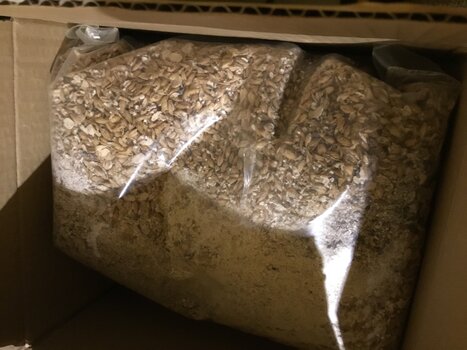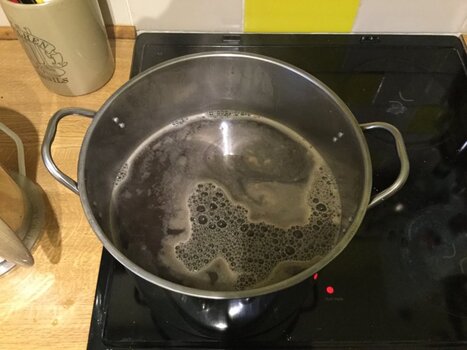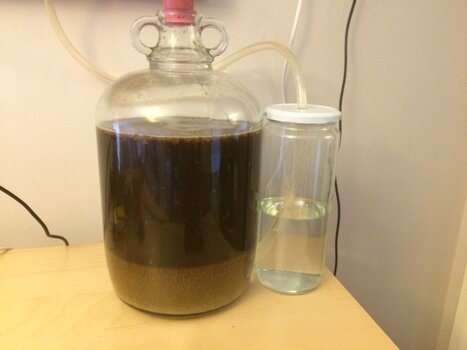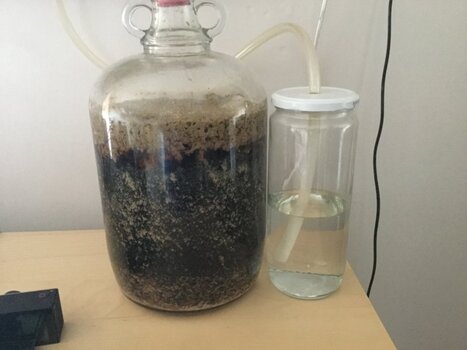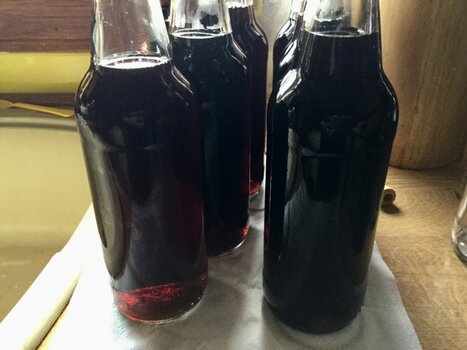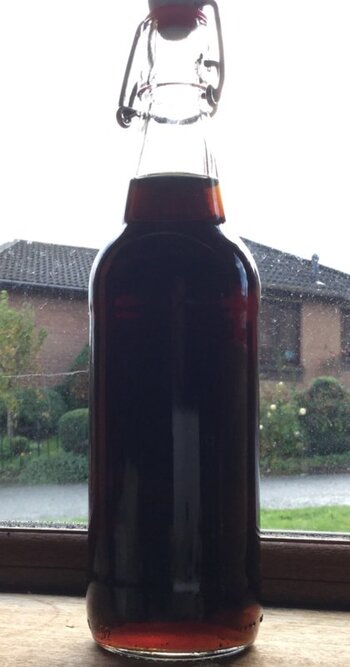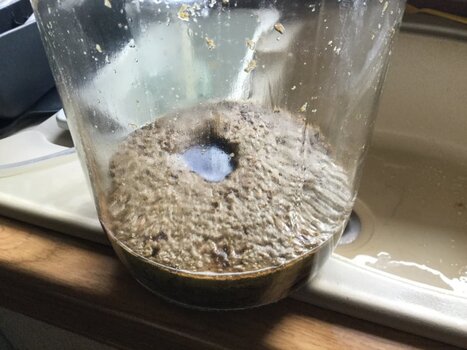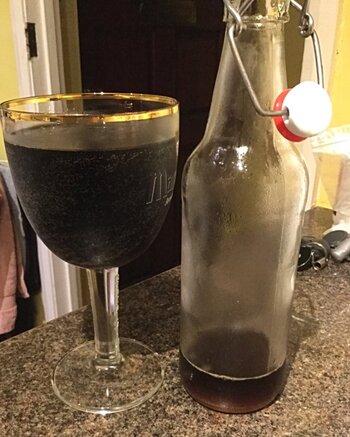This is a whole grain brew but you can get kits where you skip the mashing and sparging processes by starting with a syrup to which you add water and start at the boiling phase. It isn't cheating but it is easier. I have always done whole grain brewing which is more time consuming but for me is more satisfying knowing that you have created the beer from grain to finished beer. With mass produced beer the grain is used as animal feed, yeast is skimmed off and reused with any excess being used for Marmite production. The grain I end up with is fed to the garden birds but you can use it in breads and other recipes.
This will cost about £2.50 (which is about €2.50 at the moment) a 500ml bottle which is comparable to production craft beer prices here in the U.K.
For genuine lager type beers you really need more control over temperature as different strains of yeast are used whereas beers tend to ferment at room temperature so are easier for home brewers.
Here is the complete process which I will probably do in the next few days and photograph and video.
Old Porter Recipe
1. Sterilise all equipment
2. Heat 2l water to 78°C and turn off heat
3. Mashing: Add the grain and stir in. Temp will drop to about 69°C (adjust with cold water or heat as required)
4. Leave for 1 hour (insulate with towels but check temp to make sure the temp remains at 69°C and heat as required).
5. Warm up 5l water to 76°C
6. Remove towels etc and heat the mash to 76°C for 10minutes (known as mashing out)
7. Sparging: remove grain (this was in a net so is quite easy) and place a sieve over the pan and put the grain bag in the seize. Gradually pour the preheated water over the grain. This process ensures all the sugars are removed from the grain. The wort (the liquid produced) can be pored through the grain again.
8. The boil: The wort will now be boiled for an hour. Heat the wort until there is a rolling boil. When a rolling boil is achieved the first batch of hops can be added. After 50 minutes the second batch of hops can be added along with something that helps to keep the beer clear by solidifying any suspended solids from the hops. After 60 minutes remove from heat.
9. Cooling: the resultant wort needs to be cooled as fast as possible to 25°C which is the best temp for adding yeast. (I use ice in the sink and then have cold water running through that).
10. Racking: is the process of moving the wort to the fermenting vessel. This can be done by siphoning or using a jug. You want to get as much liquid as possible but also leave the solids behind. There should be about 4.5l of wort remaining.
11. Pitching: is adding the yeast. Basically open the packet and add to the wort!
12. Fermentation: initially have a jar, 1/3 filled with boiled water and connected with a tube to the fermentation jar. This is in case the foam spills over. Once the initial phase has completed an smaller airlock can be used. When it stops bubbling fermentation has completed. This can take 5-7 days.
13. Bottling: at this point the beer can be bottled. A teaspoon of demerara sugar is added to each bottle. There are other sugars that can be used. The beer is then siphoned into the bottles.
14. Conditioning: the sugar added to the bottles is fermented by the yeast remaining in the liquid and produces CO2 and gases the beer. After 7 days the beer will be drinkable but leaving it for 2 months will be better. During conditioning the beer will be carbonated and the sediment will settle to the bottom of the bottle.

